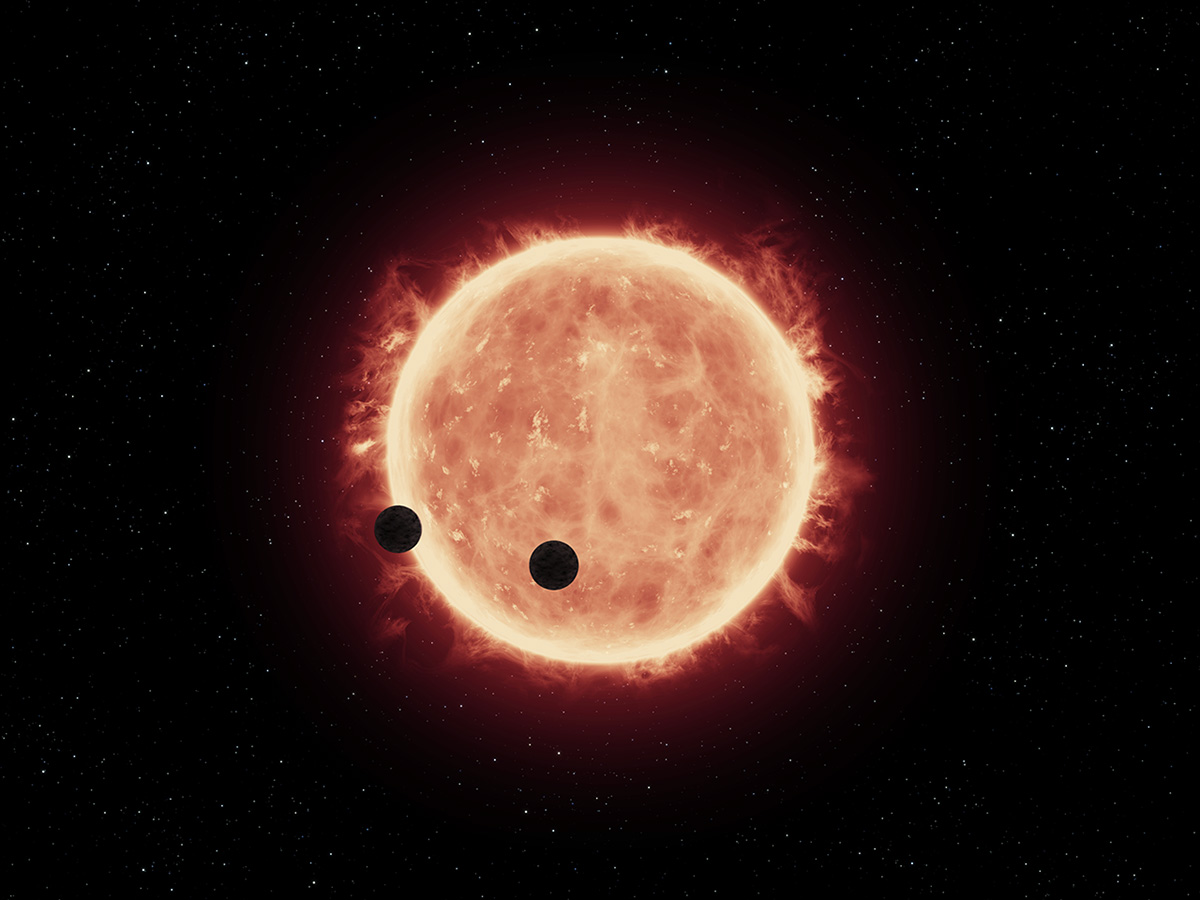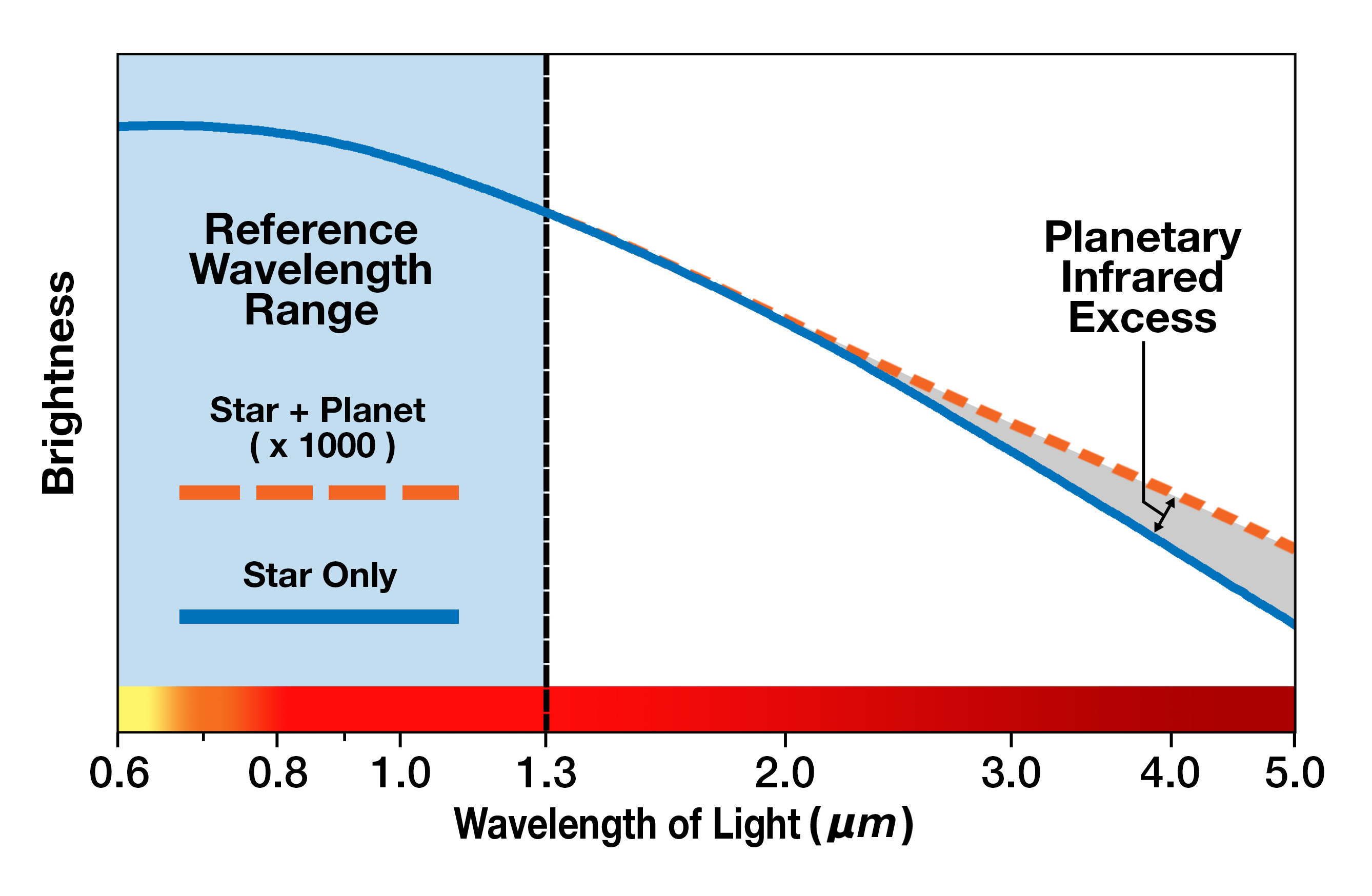News
New Exoplanet Research Method Could Uncover Thousands of Habitable Worlds
How do you find and study the atmosphere of an exoplanet — a planet in another solar system — that, by all current methods, is undetectable?
The question kept gnawing at Kevin Stevenson, an astrophysicist at the Johns Hopkins Applied Physics Laboratory in Laurel, Maryland. And he wasn’t alone. Many exoplanet researchers, trying to study these distant worlds’ atmospheres, have run into the same question because planetary atmospheres can reveal a lot about a planet, perhaps most importantly about its habitability and whether it’s inhabited. But current methods are limited.
Studying an exoplanet’s atmosphere requires light, and right now it can be studied only if the planet is large, young and hot enough to produce light that can be directly imaged, or if it passes in front of its star (a transit) or behind its star (a secondary eclipse). Either way allows scientists to distinguish light that’s from the planet and light that’s from its star.
But large, young and hot planets are usually Jupiter- or Neptune-sized gas giants — not ideal when looking for life. And, from Earth’s vantage, a majority of planets never pass in front of or behind their stars. In fact, for planets around red dwarf stars — which make up 75% of stars in our corner of the Milky Way galaxy — only 2% of potentially habitable exoplanets transit their star, Stevenson said. What if you could see the other 98%?
Stevenson mulled over the problem for months, spitballing ideas with colleagues at conferences, until slowly, surely, he figured out a way. He dubbed it the planetary infrared excess technique, or PIE, which he wrote about in Astrophysical Journal Letters earlier this year. And it could be a revolutionary fix-up for exoplanet research.
“This method would reveal a huge swath of exoplanets that have previously been inaccessible in terms of atmospheric characterization,” Stevenson said, possibly multiplying the number of exoplanets that can be studied by 50 times.
Rather than depending on a secondary eclipse to determine what light comes from the planet and what comes from the star, PIE relies on two points in wavelength space: one where the planet emits light because of heat and one where it does not. The method takes advantage of the fact that, at wavelengths of light where the planet is relatively bright, the star tends to be dimmer. And at wavelengths where the star is bright, the planet is dimmer.
Take the Sun and Earth, for example. Although the Sun emits almost every wavelength of light, it most strongly gives off visible light, with a peak around 0.5 micrometers at blue-green light. At longer red and infrared wavelengths, however, the Sun’s emission tapers. But much cooler bodies, like planets, often peak in this region, including Earth, which peaks at 10 micrometers.
Stevenson’s idea is to simultaneously collect wavelengths of light in a sweet spot from 1 to 20 micrometers, where scientists know all planets will emit light. Then they can model the star’s and the planet’s spectra for comparison.
“We can use the shorter, bluer wavelength range as our reference point, which is where we could fit models to the star,” Stevenson said. “Then we could extrapolate those models to the longer, redder wavelengths. Any excess infrared light in that range we would attribute to the planet. That’s how, in theory, we could measure the brightness temperature of a planet that’s not transiting.”

